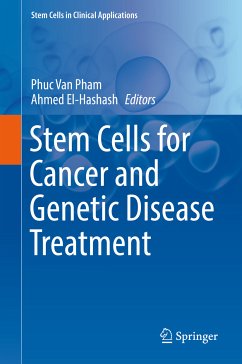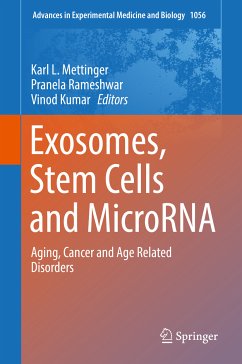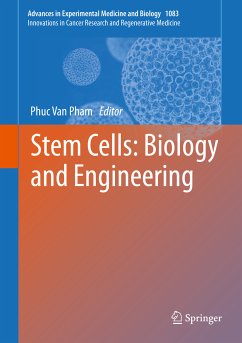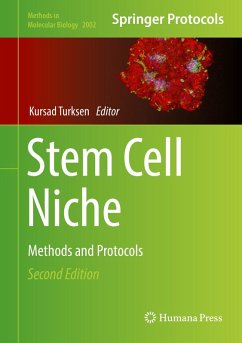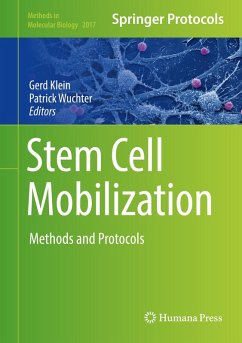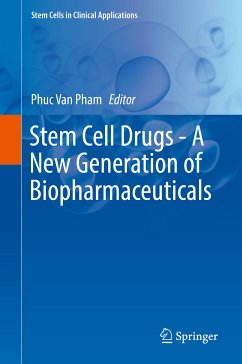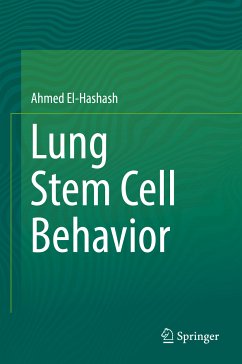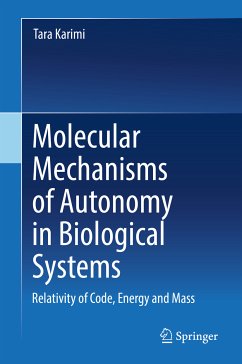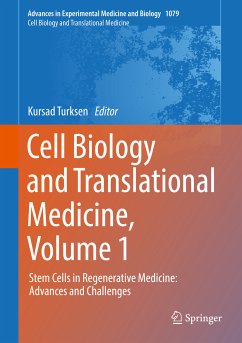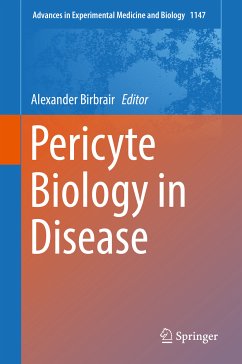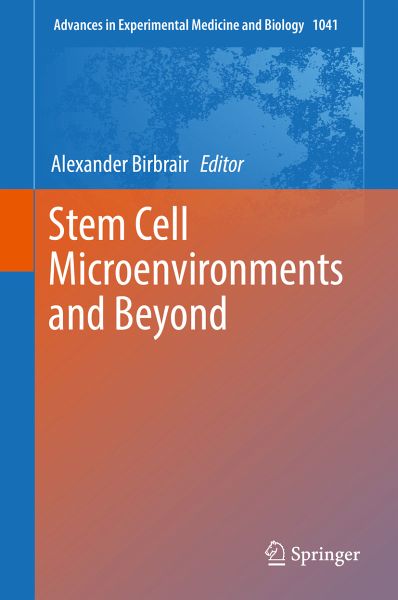
Stem Cell Microenvironments and Beyond (eBook, PDF)
Versandkostenfrei!
Sofort per Download lieferbar
120,95 €
inkl. MwSt.
Weitere Ausgaben:

PAYBACK Punkte
60 °P sammeln!
Presents detailed reviews of recent developments of different stem cell tissues under distinct pathophysiological conditions
Comprehensive yet succinct; covers most of the main niche environments in six chapters
Dr. Birbrair is a rising star in the field; his contributors will also represent the next wave of younger researchers
Dieser Download kann aus rechtlichen Gründen nur mit Rechnungsadresse in A, B, BG, CY, CZ, D, DK, EW, E, FIN, F, GR, HR, H, IRL, I, LT, L, LR, M, NL, PL, P, R, S, SLO, SK ausgeliefert werden.



